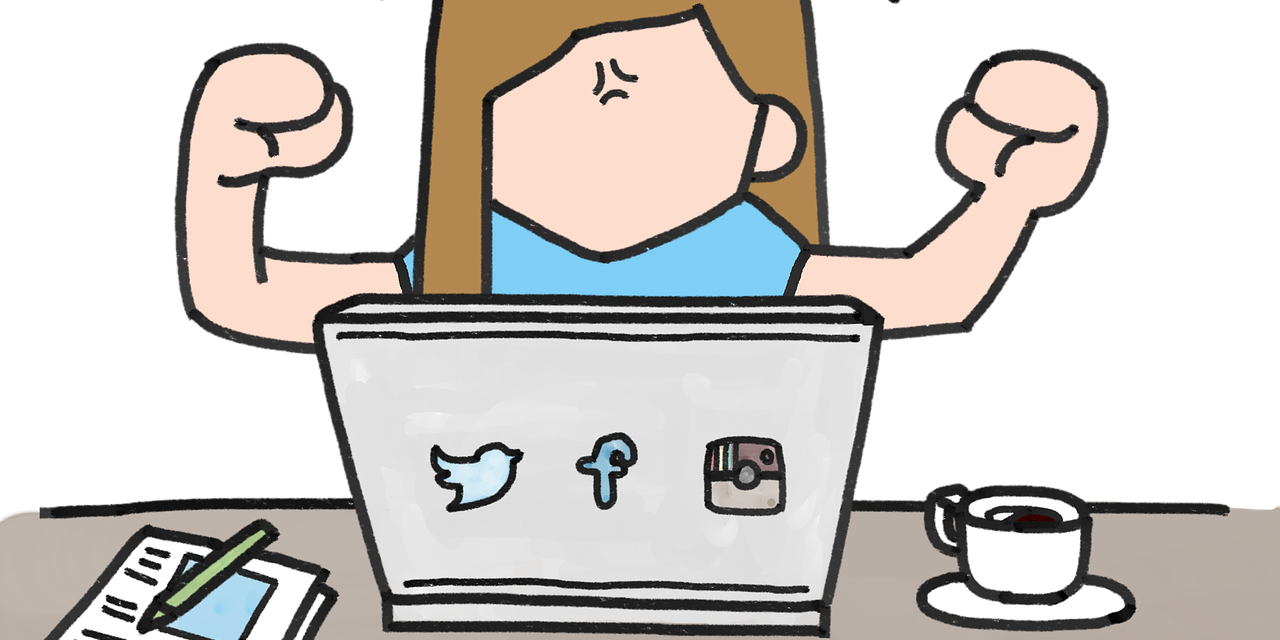Facebook is well-known for its privacy and security issues. I’ve written multiple articles about social media and how it can harm businesses, especially when employees are not trained about using it on your company’s computers.
For example: 5 Safety Measures to Thwart Mounting Social-Network Attacks
Facebook raises the specter of two other ramifications for business: Facebook is becoming more of a threat in marketing. That was my sense after reading two articles in AdvertisingAge Magazine, a timeless must-read for the advertising profession, in Aug. 2010.
Consider the two headlines: What Happens When Facebook Trumps Your Brand Site?” and “The Top Five Brands on Facebook.”
First threat
What happens when Facebook becomes more relevant than your Web site?
“…the social network has quietly become something else: the biggest relationship-marketing provider for many brands,” wrote Jack Neff.
He pointed out 37 Facebook pages had a million or more fans even though most Web sites have difficulty attracting 100,000 visitors. That means, of course, Facebook has been outperforming their sites.
For example, Mr. Neff cited Coca-Cola with 10.7 million Facebook fans, but its Web site’s unique visitors dwindled to 242,000 unique visitors in July, 2010.
The danger is that all these people are identified with social media, which is owned by Facebook. Brands have to pay to advertise on their own Facebook pages, and Facebook collects all the revenue.
Starbucks may be one of the rare companies to have a strong Facebook and Web site presence.
Second threat
At AdvertisingAge, Matt Carmichael wrote about the top five brands on Facebook. But it appears their top ranking was for dubious reasons.
“According to new research from ExactTarget and CoTweet, it’s pretty simple: coupons and free stuff,” he explains. He reported the top five: Oreo, Walmart, Victoria’s Secret, iTunes and Dove.
This means Facebook users are less likely to experience the branding of your Web site.
So, it’s imperative protect your brand by not cannibalizing it to the extent that it has less power than Facebook.
Use the necessary due diligence in strategies to use Facebook to drive traffic to your Web site. Or, you’ll pay the price.
From the Coach’s Corner, here are related articles on promoting your Web site:
Web Site ‘Priming’ – 6 Tips That Will Help You Succeed — If you want to increase your odds for Internet success, you might consider priming your Web site. Priming is a method to motivate users to make decisions when they visit your site. I gather the term was coined by the inventor of a testing tool that enables Web-site owners to obtain reactions to their sites.
Startup Toolkit – How to Make a Hit on the Internet — Just like your bricks and mortar location, your Internet presence will be strong if you always remember why people will buy from you.
5 Factors to Get Peak Google Results for Your Web Site – Study — What do top Web sites have in common? Successful sites produce a high number of Facebook and Twitter messages, but the sites minimize the volume of ads on its pages according to an authoritative study. Those are the salient lessons from a 2012 study by Searchmetrics, a search and social analytics firm.
5 Tips If Your Web Site’s Traffic Slows in Summer Months — Traffic on the Internet slows in the summertime, according to Website Magazine. Here are five strategies to maintain your growth.
Worried Your Web Site Losing Visitors? Best Practices to Fix it — If your site’s visitor numbers are falling, there are five possible reasons. The key is to know what’s wrong before you start applying solutions. It used to be that Web-site owners only had to worry about losing traffic in the summer.
“A brand name is more than a word. It is the beginning of a conversation.”
-Lexicon
__________






